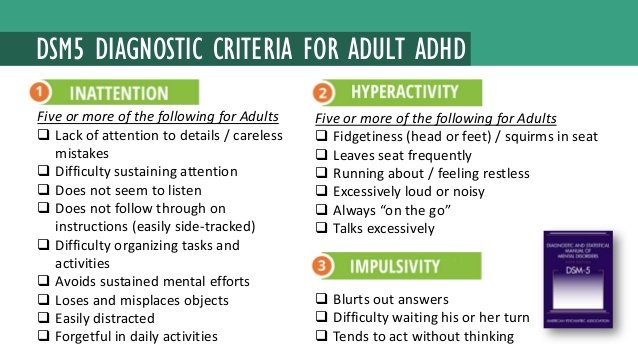Naughty? Nice? Hyperactive? ADHD? Are you sure?
After many years of research and debate, hyperactivity has been classified as an aspect of disruptive behaviour disorders. Even though I think that doctors and teachers are too fast to "diagnose" children with this label, I have to admit that there are cases where hyperactivity is truly not up for debate. The preferred medical term is attention-deficit/hyperactivity disorder, or ADHD. It has previously been called minimal brain dysfunction, hyperkinesis and hyperactive child syndrome.

The name may have changed, but the characteristics have remained the same - hyperactive children have an abnormally short attention span, are impulsive and in constant motion. They often have explosive tempers, but no mood lasts for long. They can go from laughter to tears in an instant and they are also excessively accident prone. As they grow older, about three-quarters of hyperactive youngsters become unusually defiant and aggressive. Part of their antisocial behaviour may reflect low self-esteem.
Hyperactive children constitute a small but disruptive group in most primary schools and it's also more likely to be boys than girls, for some reason.
Symptoms typically appear before the age of four and always by the age of seven. Many parents report, however, that their hyperactive children were somehow different from infancy. They may have slept poorly, cried a good deal, moved about more than average and been hypersensitive to noise, light and other environmental changes. In rare cases, hyperactive children exhibit early behaviour which fits an extreme opposite. They are unusually placid, sleep a good deal and develop at a slower than average pace.
No one knows for certain what is the cause of this disorder, but it is presumed to result from an immaturity in brain development and/or a genetic predisposition, since it seems to be more common in children whose parents were themselves hyperactive at some stage.
But...
In many instances, a parent or teacher labels a child as hyperactive when, in fact, the youngster is simply talkative and rambunctious. Before assuming a child is hyperactive, parents should seek a professional evaluation.
As a first step, the child should be examined for a possible organic disorder. For example, certain brain studies, including CT scans and a few more others as suggested by the doctor, may be ordered to look for structural brain damage. Ideally, the child should be evaluated by a team of specialists which included a child psychiatrist, developmental peadiatrician and, if possible, a neuropsychologist.
The evaluation will be based on descriptions of the child's behaviour at home and at school, an examination to rule out vision and hearing disorders and tests to measure intelligence, memory and other mental capabilities. After organic disorders and other problems have been eliminated, a diagnosis of hyperactivity requires the presence of specific characteristics.

The administering of medication is usually postponed until the child starts school. Ironically, the medicines that are the most effective are stimulants. A significant proportion of all hyperactive children benefit from these medicines, showing an increased ability to focus their attention on learning and a reduction in compulsive movement.
Parents need all the help they can get in meeting the challenge of a hyperactive child. Since parental understanding and an orderly home environment play a critical role in helping a child overcome hyperactivity, it is doubly important that parents keep calm.
Teachers will need a few pointers to cope with such children too:
- Accept that hyperactivity is a chronic condition which needs special attention. Don't blame the parents for the child's problems, but do seek help.
- Accustom the child to a consistent daily routine with specific times for meals, naps, play, snacks and going to bed.
- Be alert to fatigue. Hyperactivity increases when a child is tired.
- Make simple rules and enforce them without physical punishment. Discipline should be prompt and matter of fact, relying heavily on sending the child to a quiet place for 'time out'.
- Allocate an open space for active play to get rid of excess energy.
- Praise the child for obeying or doing something good.
- Choose age-appropriate games, picture books and puzzles. As soon as the child begins to fidget, switch to a physical activity.
Did you know???
There is also something similar that some adults may have...

Childhood hyperactivity can persist into adulthood. This is called residual hyperactivity, its symptoms are similar to those of the childhood form. Such adults often have trouble holding a job because they have difficulty in concentrating and are impulsive, restless and easily distracted.

As I've mentioned earlier, I am not a huge fan of feeding children with all sorts of medication. I believe that with enough love, attention and stimulation it may be possible to help such individuals without the need for medicine, but I am definitely not qualified to say that it is a fact. Therefore, we as parents and teachers should trust our instincts and consult professionals to assist us in making the correct diagnoses.
Resources and Extra reading:
Hyperactivity | ADHD | Wiki ADHD | Adult ADHD



Go here https://steemit.com/@a-a-a to get your post resteemed to over 72,000 followers.